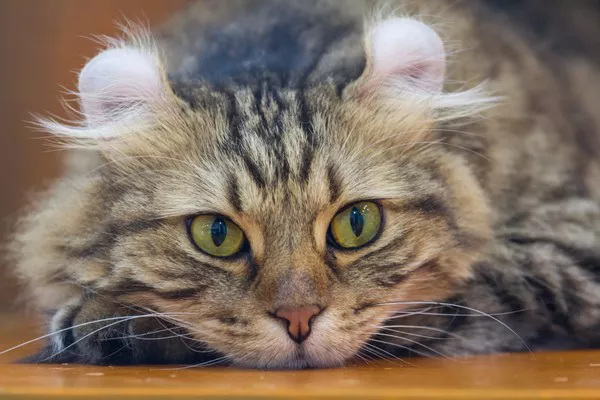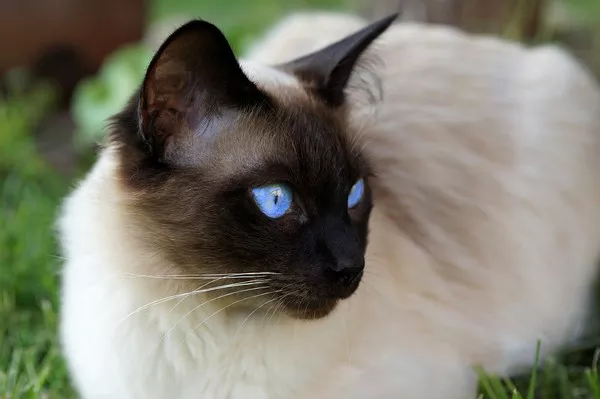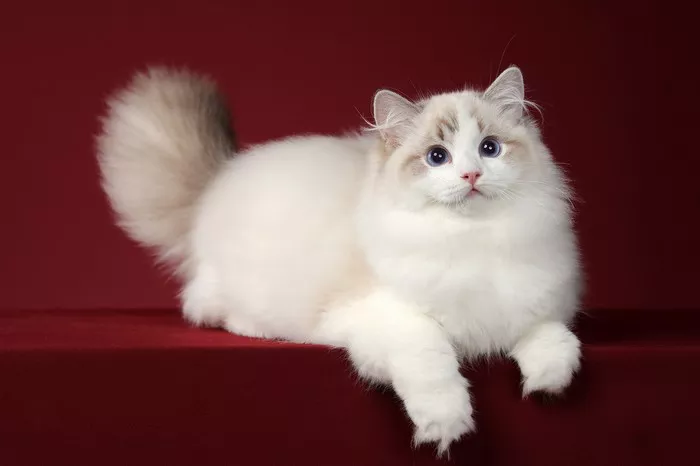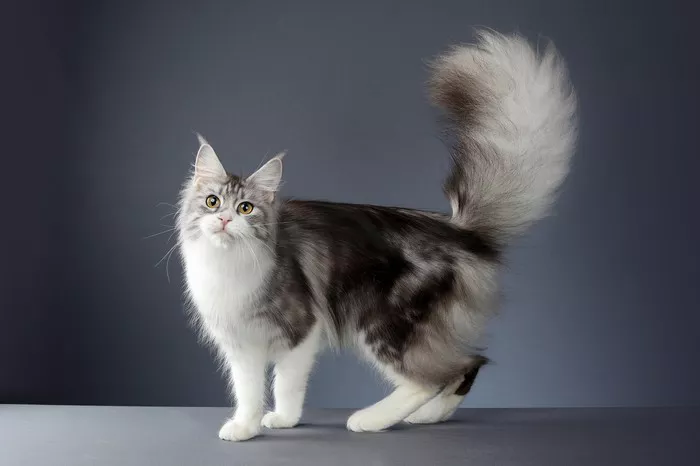Sharing your life with a pet cat can be an immensely rewarding experience, filled with companionship, warmth, and the occasional quirk. If you’re the proud owner of an American Curl, you might have encountered a distinctive behavior: the occasional nibble or bite. In this article, we delve into the fascinating world of the American Curl breed, exploring the reasons behind their biting tendencies and offering insights into fostering a harmonious relationship with your feline friend.
The American Curl: A Unique Feline Companion
Origins and Distinctive Features:
The American Curl is renowned for its unique curled ears, a genetic trait that sets it apart from other cat breeds. With an origin story dating back to the early 1980s, this breed has captivated cat enthusiasts worldwide. Their distinctive appearance, characterized by backward-curling ears, gives them an endearing and distinctive look.
Temperament and Personality:
American Curls are known for their friendly and affectionate nature. They often form strong bonds with their human companions, seeking attention and interaction. While they’re generally not as vocal as some other breeds, they communicate through a variety of sounds, including soft trills and chirps.
The Curious Case of Biting
Understanding Feline Behavior:
Cats communicate using a variety of behaviors, and biting is one of their means of expressing themselves. In the case of the American Curl, their biting behavior can be influenced by a combination of factors, including genetics, socialization, and individual personality.
Exploration and Play:
Biting during play is a common behavior in many cats, and American Curls are no exception. Playful nibbles and gentle bites are often their way of engaging with their human companions. Understanding the distinction between playful bites and aggressive behavior is crucial for interpreting your cat’s intentions.
Teething and Kitten Behavior:
For younger American Curls, biting may be a natural part of the teething process. Kittens explore the world with their mouths, and gentle biting is a way for them to understand textures and sensations. Providing appropriate teething toys and redirecting their biting behavior can be beneficial during this developmental stage.
Social Bonding:
Cats, including American Curls, may use gentle biting as a form of social bonding. When your cat engages in light nibbling, they might be expressing affection and creating a stronger connection with you. Recognizing these gestures can deepen the bond between you and your feline companion.
Stress and Anxiety:
In some cases, biting can be a response to stress or anxiety. Changes in the environment, new people or pets, or disruptions to their routine can trigger anxious behavior. Understanding the sources of stress and providing a secure and predictable environment can help alleviate biting associated with anxiety.
Effective Strategies for Managing Biting Behavior
1. Positive Reinforcement:
Utilize positive reinforcement techniques to encourage desirable behavior. When your American Curl engages in gentle play without biting, offer praise, treats, or affection. Positive reinforcement helps reinforce behaviors you want to encourage.
2. Provide Appropriate Toys:
Cats, especially kittens, have a natural instinct to bite and chew. Offering a variety of cat-friendly toys, including interactive toys and items designed for chewing, can redirect their biting behavior to more suitable outlets.
3. Regular Play and Interaction:
Engage in regular play and interaction with your American Curl to satisfy their need for mental and physical stimulation. Interactive play sessions can help expend their energy and reduce the likelihood of excessive biting.
4. Consistent Training:
Consistency is key when training your cat. Establish clear boundaries and discourage undesirable behavior consistently. Avoid using punishment, as it can lead to fear and anxiety. Instead, focus on redirecting and reinforcing positive behavior.
5. Consult with a Veterinarian:
If biting behavior becomes a persistent concern or is accompanied by other worrisome signs, consult with a veterinarian. Underlying health issues, discomfort, or pain could contribute to changes in behavior. A thorough veterinary examination can rule out potential medical causes.
See Also: 8 Tips to Stop Kitten Biting
Building a Trusting Relationship
Respect Your Cat’s Signals:
Cats communicate through body language. Pay attention to your American Curl’s signals, such as tail flicking, flattened ears, or dilated pupils, which may indicate discomfort or overstimulation. Respecting their cues helps build trust and avoids situations that could lead to biting.
Create Safe Spaces:
Provide your cat with designated safe spaces where they can retreat when they need a break. Safe spaces offer a sense of security and control, reducing stress and the likelihood of defensive biting.
Grooming and Handling:
Introduce grooming and handling routines gradually to acclimate your American Curl to being touched. Positive associations, such as treats or affection, can make grooming sessions a positive experience. This approach can reduce stress-related biting during grooming.
Enrich the Environment:
Create an enriched environment with climbing structures, scratching posts, and toys to keep your cat mentally stimulated. An enriched environment reduces boredom and helps channel their energy into constructive activities.
Conclusion
Understanding and addressing biting behavior in your American Curl involves a combination of patience, observation, and positive reinforcement. By recognizing the various factors that contribute to their behavior and implementing effective strategies, you can foster a strong and trusting bond with your feline companion. Embracing the uniqueness of the American Curl, including their occasional nibbles, adds to the richness of the human-feline relationship. As you navigate the intricacies of cat ownership, remember that each cat is an individual with their own personality and preferences. With time, love, and understanding, you can create a harmonious and fulfilling companionship with your American Curl.



























